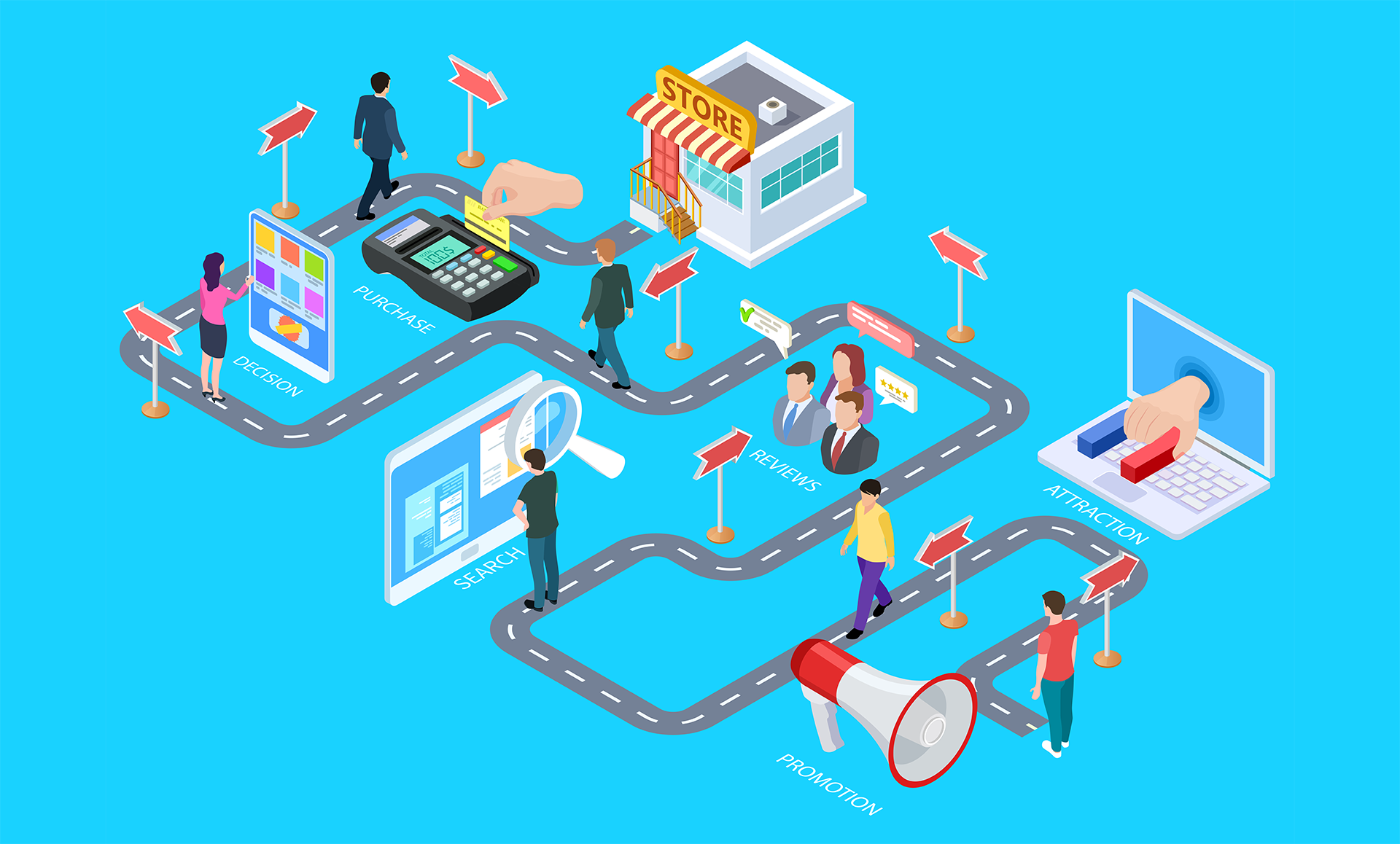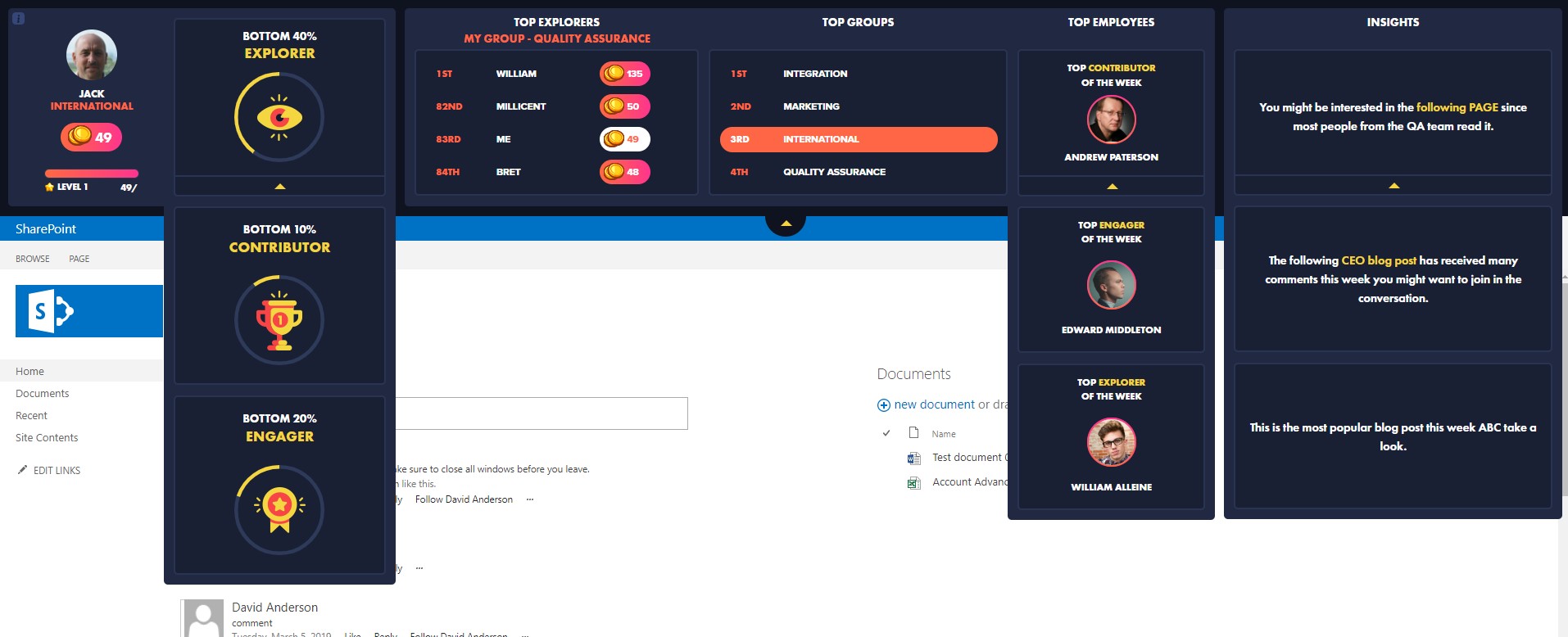In the ever-evolving business world, gauging success extends far beyond the traditional measures of return on investment (ROI). More and more companies are shifting focus from merely transacting with customers to building meaningful experiences. Enter the age of Return on Experience (ROX), a new-age measurement tool that focuses on the impact of investments in customer and employee experiences. So, why is measuring Return on Experience crucial, and what advantages does it offer? Let’s delve deeper.
A Shift in the Business Paradigm
Traditionally, businesses evaluated their success based on sales, profits, and ROI. However, with the rise of digital technology and a customer-centric market, these metrics no longer suffice. Customers are looking for more than just products or services; they crave engaging, personalized experiences. Similarly, employees, the backbone of any organization, also desire fulfilling and supportive work experiences. To keep up with these trends, ROX offers a framework that focuses on enhancing customer and employee experiences to boost overall business performance.
Understanding Return on Experience (ROX)
ROX is the financial impact of creating superior experiences for customers and employees. It measures the dividends reaped from investments in product development, customer service, employee training, workplace improvement, and other related areas. Essentially, ROX tracks the return on initiatives aimed at enhancing both customer and employee experiences.
The Benefits of Measuring Return on Experience (ROX)
1. Enhanced Customer Satisfaction
By focusing on customer experiences, businesses can tailor their offerings to meet customer needs better, thereby increasing customer satisfaction. A satisfied customer is more likely to be loyal, recommend your business to others, and contribute to increased sales and profits. Thus, a high ROX indicates a superior customer experience leading to enhanced customer satisfaction.
2. Improved Employee Morale and Productivity
ROX doesn’t only focus on customers; it also puts the spotlight on employees. Investments in employee experiences such as training, better workplace conditions, and employee engagement activities, yield positive returns in the form of increased productivity and lower turnover rates. Happier employees often translate to happier customers, leading to a positive cycle of growth and success for the company.
3. Comprehensive View of the Business
Unlike traditional metrics, ROX provides a holistic view of your business. It bridges the gap between isolated elements like customer service, marketing, product development, and employee engagement, providing a comprehensive view of how different business elements interact to create value.
4. Facilitates Better Decision-making
By measuring Return on Experience, businesses can identify what’s working and what’s not in terms of their investment in customer and employee experiences. This insight aids in making informed decisions about where to invest more and what areas need improvement, thus optimizing resource allocation and boosting overall performance.
5. Foster Innovation
Companies that track ROX tend to foster a culture of continuous learning and innovation. By prioritizing experience, they are more likely to experiment with different ways of serving customers and employees, thereby driving innovation and staying ahead in the competition.

Implementing Return on Experience
Measuring ROX might seem overwhelming at first, but with the right approach, it can become an integral part of your business strategy. It starts with identifying the experiences that matter most to your customers and employees. Surveys, feedback forms, and direct communication can help in understanding these aspects.
Once you’ve identified what matters, the next step is to invest in those areas. It could mean redesigning your product, enhancing your customer service, improving your workplace, or providing better training for your employees.
Finally, measure the impact of these investments. Use metrics that reflect the changes in customer and employee experiences, such as customer satisfaction scores, Net Promoter Scores (NPS), employee engagement rates, and turnover rates.














 Follow @cardiolog
Follow @cardiolog 